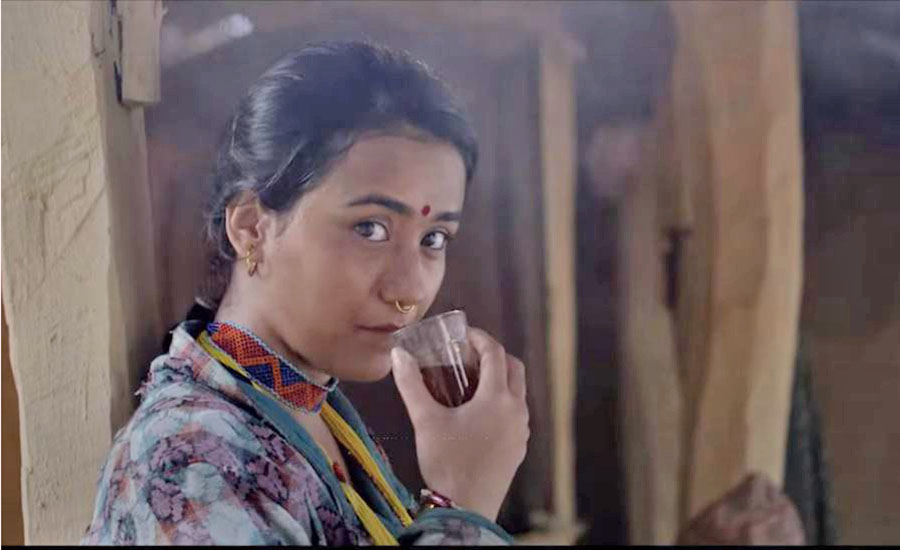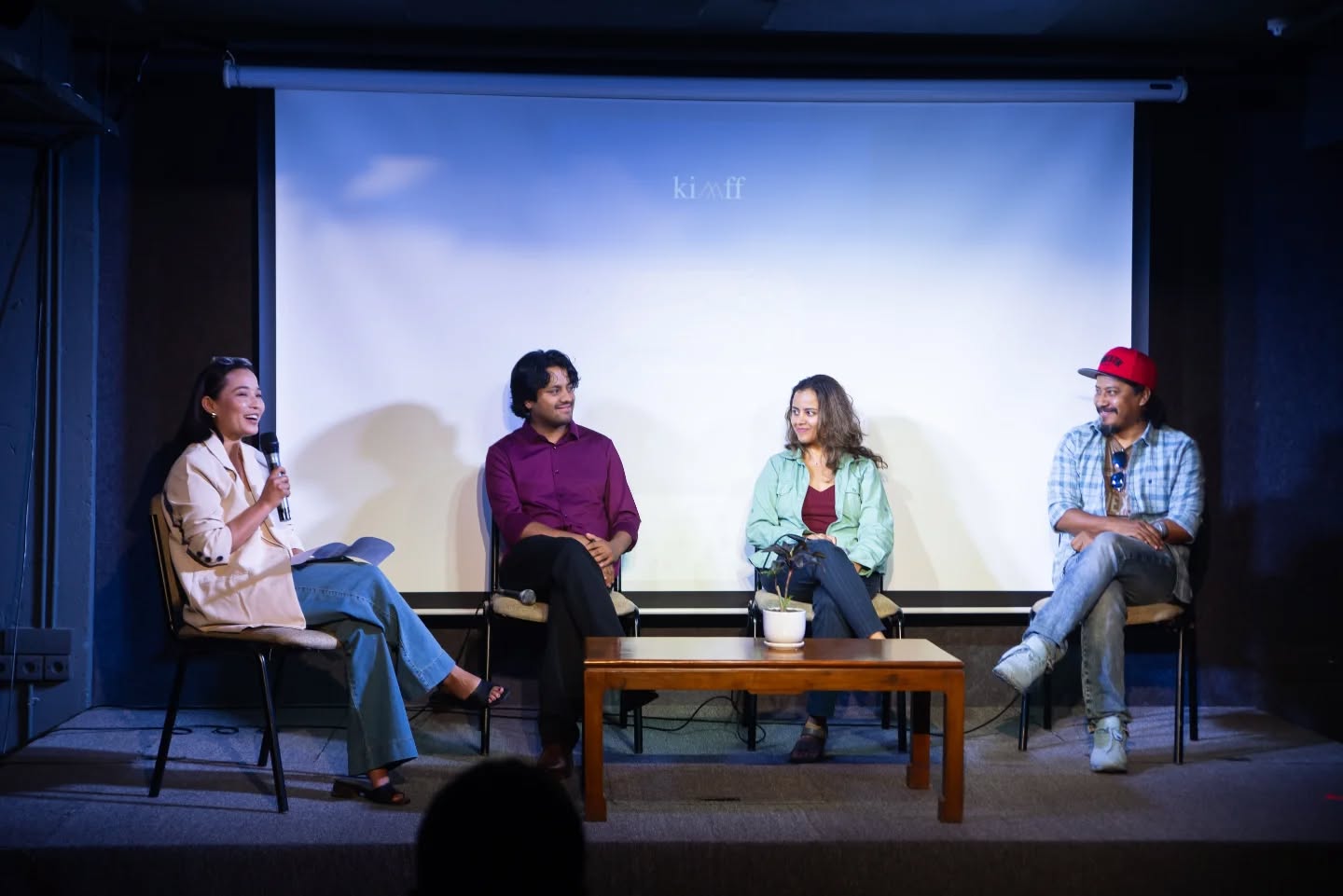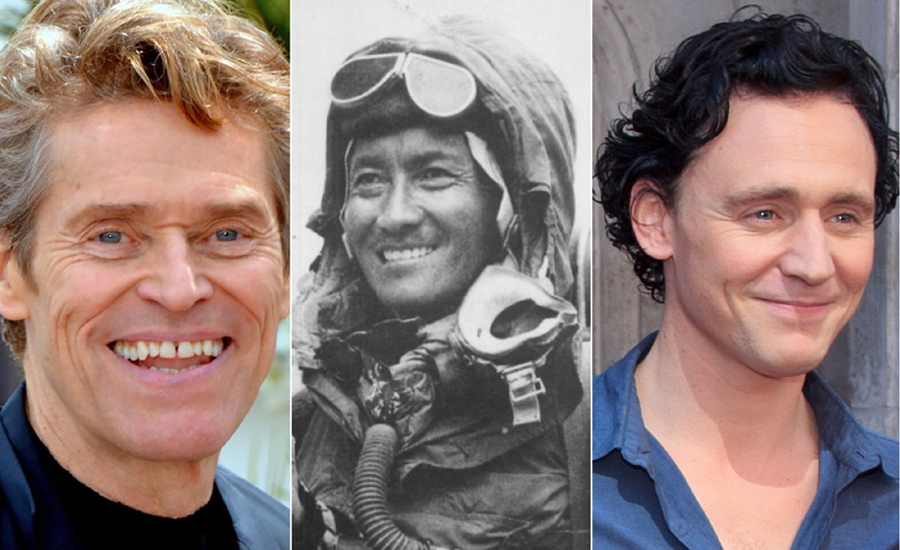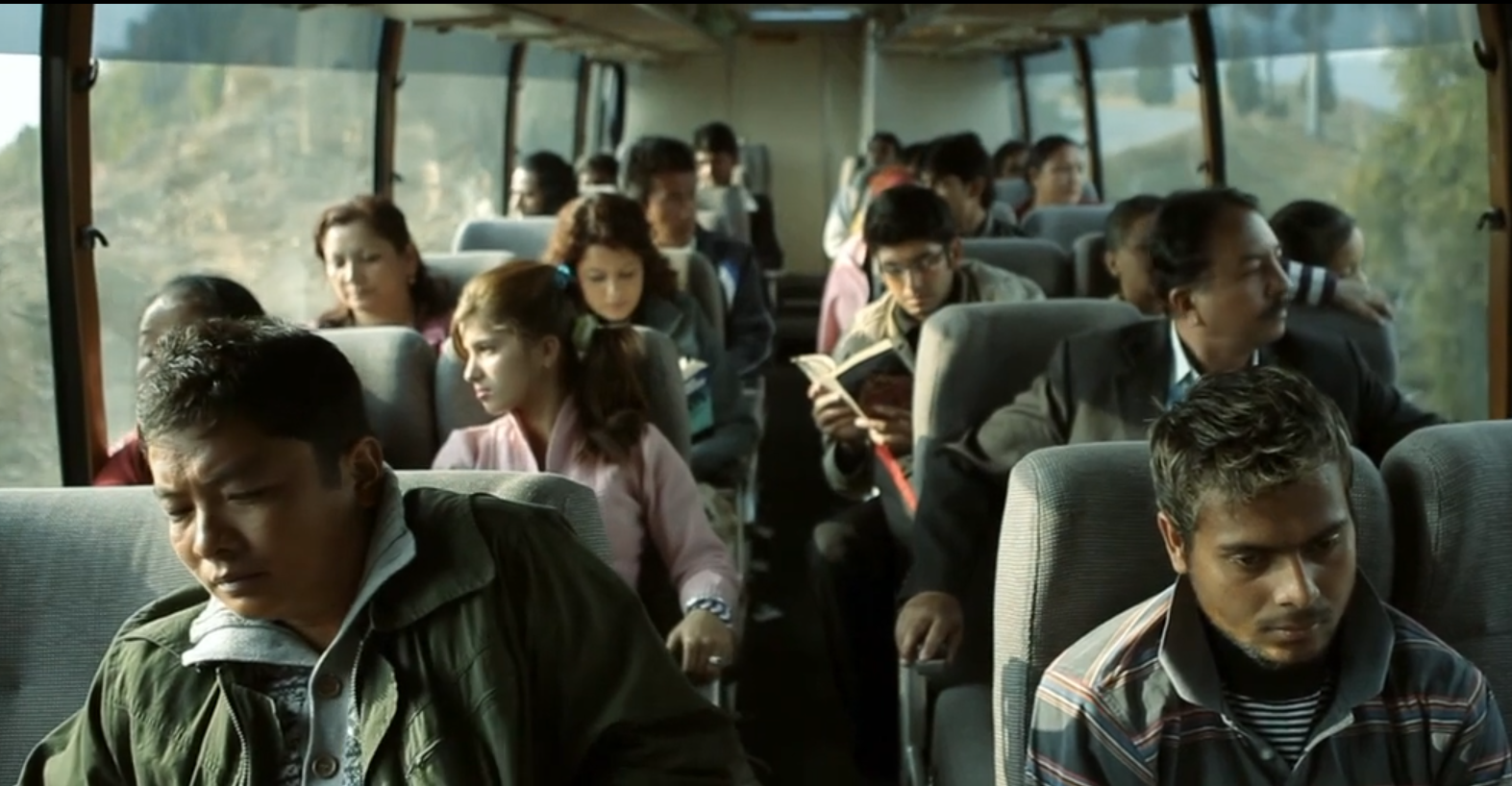Swastima Khadka is one of the most versatile actors in the Nepali film industry. She has acted in over 10 films and has played a variety of roles. From playing the character of a common woman to playing a larger-than-life character, she is done it all and her performance has been loved by all. Chiso Maanchhe, her most recent feat, is expected to elevate her career one step ahead.
In Chiso Maanchhe, one of the most anticipated films recently, Khadka has played the role of a young woman from Bajura in far-western Nepal. The film’s trailer has garnered a lot of praise as Khadka’s acting and dialogue delivery, in particular, have been appreciated by everyone.
Prior to the film’s release scheduled for June 17, Onlinekhabar catches up with the actress Khadka about her character in Chiso Maanchhe, the Nepali cinema industry post-Covid and what made her choose this film.
Excerpts:
Can you tell us about your character in Chiso Maanchhe?

I have played the role of a young woman, around 22 years old, who is from a poor village in Bajura. She has come from Bajura to Kathmandu to collect her husband’s dead body. The movie revolves around her chemistry with the husband’s corpse and the driver of the vehicle while travelling from Bajura to Kathmandu.
What convinced you to work on the film?
I’ll have to say the first pull factor was the team. Second, I always wanted to play a character from the far-west. I have always been attracted to playing a character from the far-west because of the language, the way of speaking and the mannerisms. I also found the story very interesting.
How can viewers be connected to the story?
It might be very difficult for the viewer to relate to the story. Our society has an ideology about the relationship between a husband and a wife. Our society has pre-defined gender roles. If that line is crossed, they are viewed as a threat to societal norms and values. I think people who watch it with an open mind will relate to the movie and the character.
In reality, I’m not sure how I’d rate this character. She thinks about having an affair with another man when she’s trying to take her husband’s corpse to the village. People have already questioned if women in the far-west are like this. So I want to tell them to please watch the movie with an open mind.
How much effort did it take to play the role of Bajura’s young lady in Chiso Maanchhe?
Many people praised me for my looks on the poster. In fact, it has nothing to do with me. It was a matter of makeup and costume. I didn’t find this very challenging. There was not much hard work on the part of characterisation, but it was a challenge on justifying the character’s portrayal. I doubted whether I would be able to portray the character or not. However, even people from the Sudurpaschim province praised my acting. That has given me confidence that I did it justice because I have worked a lot on it.
After the third wave of Covid, Nepali films including Kabaddi did well financially. However, the dominance of foreign films has also increased. Nevertheless, Chiso Maanchhe has also received praise for the trailer. How do you view all these dimensions?
On the positive side, South Indian films helped bring the audience back to the cinema halls. Yet, we need to question why don’t Nepalis go watch Nepali films. Maybe it’s because we don’t make good films because a good film always gets the audience. People also haven’t developed the habit of watching Nepali films in movie halls because when a film releases on YouTube, it does really well. This is a sensitive issue and I feel all stakeholders need to do some research on it.
This story was translated from the original Nepali version and edited for clarity and length.

























